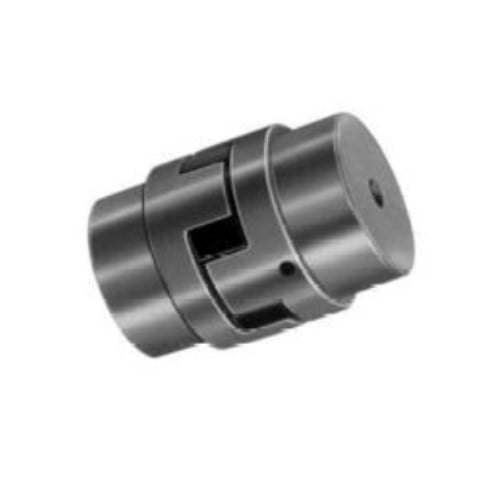Jaw Sort Coupling Selection Process
The variety process for determining the correct jaw coupling size and elastomer involves applying the charts proven over the following pages. There are three elements for being selected, two hubs and a single elastomer. Once the shaft dimension of your driver and driven of your application are with the exact same diameter, the hubs chosen will likely be the same. When shaft diameters vary, hubs picked will differ accordingly.
Facts vital before a coupling can be picked:
HP (or KW) and RPM or Torque of driver
Shaft sizes of driver and driven equipment and corresponding keyways
Application description
Environmental situations (i.e. intense temperature, corrosive conditions, space limitations)
Measures In Picking out A Jaw Coupling
Stage one: Decide the Nominal Torque of the application by using the next formula:
Nominal Torque = in-lb = (HP x 63025)/RPM
Nm = (KW x 9550)/RPM
Phase two: Utilizing the Application Support Elements Chart 1 select the service aspect which greatest corresponds for your application.
Step 3: Calculate the Design and style Torque of the application by multiplying the Nominal Torque calculated in Phase 1 from the Application Service Factor established  in Phase 2.
in Phase 2.
Design Torque = Nominal Torque x Application Support Factor
Phase 4: Working with the Spider Effectiveness Data Chart 2, choose the elastomer materials which most effective corresponds to your application.
Phase 5: Applying the Jaw Nominal Rated Torque Chart 3 , find the proper elastomer material column for the elastomer picked in Step 4.
Scan down this column to your initial entry exactly where the Torque Value in the ideal column is better than or equal towards the Design and style Torque calculated in Phase 3.
After this value is found, refer to the corresponding coupling size in the first column of your Jaw Nominal Rated Torque Chart 3 .
Refer towards the highest RPM value for this elastomer torque capability to make certain the application demands are met. If your requirement is not pleased at this time, a different kind of coupling may very well be necessary to the application. Please seek the advice of Lovejoy engineering for help.
Phase six: Assess the application driver/driven shaft sizes for the optimum bore size accessible within the coupling selected. If coupling bore dimension is not substantial enough for that shaft diameter, select the next biggest coupling which will accommodate the driver/driven shaft diameters.
Phase 7: Working with the UPC amount choice table , discover the acceptable Bore and Keyway sizes necessary and locate the amount.
WE OFFER Agricultural gearboxes AND OTHER Agricultural PRODUCTS. Mail us: [email protected]
